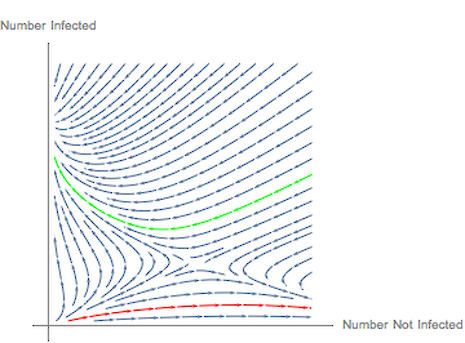A case for bioengineering
Eliminate Dengue is a project with trials across the world investigating the possibilities regarding the control of Dengue fever in high-risk areas.

Hundreds of countries across the world are afflicted by various infectious diseases that put billions of lives at risk. Two such prevalent examples are that of dengue fever and more recently, the Zika virus. The occurrences of dengue, a flu-like endemic which can cause severe complications, have been observed to increase by over 30 times in the past 50 years. Currently over 30 per cent of the world’s population is at risk according to the World Health Organisation (WHO). Both diseases are carried by the Aedes aegypti mosquito, the focus of current efforts.
It is unsurprising given the scale of the issue that new and innovative solutions have emerged. One such idea from a group called Eliminate Dengue concerns a bacteria known as Wolbachia. The bacteria are found in over 60% of species of insect, and as such is naturally occurring in a wide range of ecosystems. The key feature of the bacteria is that, for mosquitoes carrying the Dengue virus, the presence of Wolbachia appears to inhibit the ability of the insects to transmit the disease. Unfortunately, the bacteria are not present in the Aedes aegypti mosquito. The simple question remains then, how does one ensure every mosquito carries the bacteria? Rephrased, this is really a question of population dynamics.

To discuss this further, we first give a quick explanation of how the bacteria propagates. It works like this: if a female is infected with Wolbachia, then all her eggs will certainly be infected, irrespective of the infection status of the male. There will, however, also be fewer eggs compared to a non-infected female. If a female is not infected, but the male is, then her eggs will be infected but they won’t be viable. Finally, if neither is infected, nor will the eggs be. So, we see that there is a careful balancing act between unhatched eggs, infected females, and the rest of the population.
The Eliminate Dengue program has taken this model on board and put it through years of research. Collaborating with governments and communities, a certainly integral part of the process, it has run trials across the world. This includes areas such as Northern Queensland in Australia, Nha Trang in Vietnam, and Rio de Janeiro in Brazil, amongst others. They have seen a great deal of success, with observations of almost 100% of mosquitos in a test population carrying the inhibitor after the trial has run its course.
To conclude, it’s worth comparing this to attempts in the past such as the DDT eradication efforts in the 1940s and 1950s. At that time, we saw a very active effort to solve the issues of vector control, in comparison to this subtler, more passive effort which aims not to eradicate, but rather modulate the behaviour. Whether this is more successful has yet to be seen, but it certainly marks a new era of bioengineering.
For more information on the project, visit www.eliminatedengue.com
 News / Government announces £400m investment package for Cambridge25 October 2025
News / Government announces £400m investment package for Cambridge25 October 2025 News / Climate and pro-Palestine activists protest at engineering careers fair25 October 2025
News / Climate and pro-Palestine activists protest at engineering careers fair25 October 2025 Arts / Why is everybody naked?24 October 2025
Arts / Why is everybody naked?24 October 2025 News / Cambridge don appointed Reform adviser23 October 2025
News / Cambridge don appointed Reform adviser23 October 2025 Lifestyle / How will you spend Halloween night?26 October 2025
Lifestyle / How will you spend Halloween night?26 October 2025








